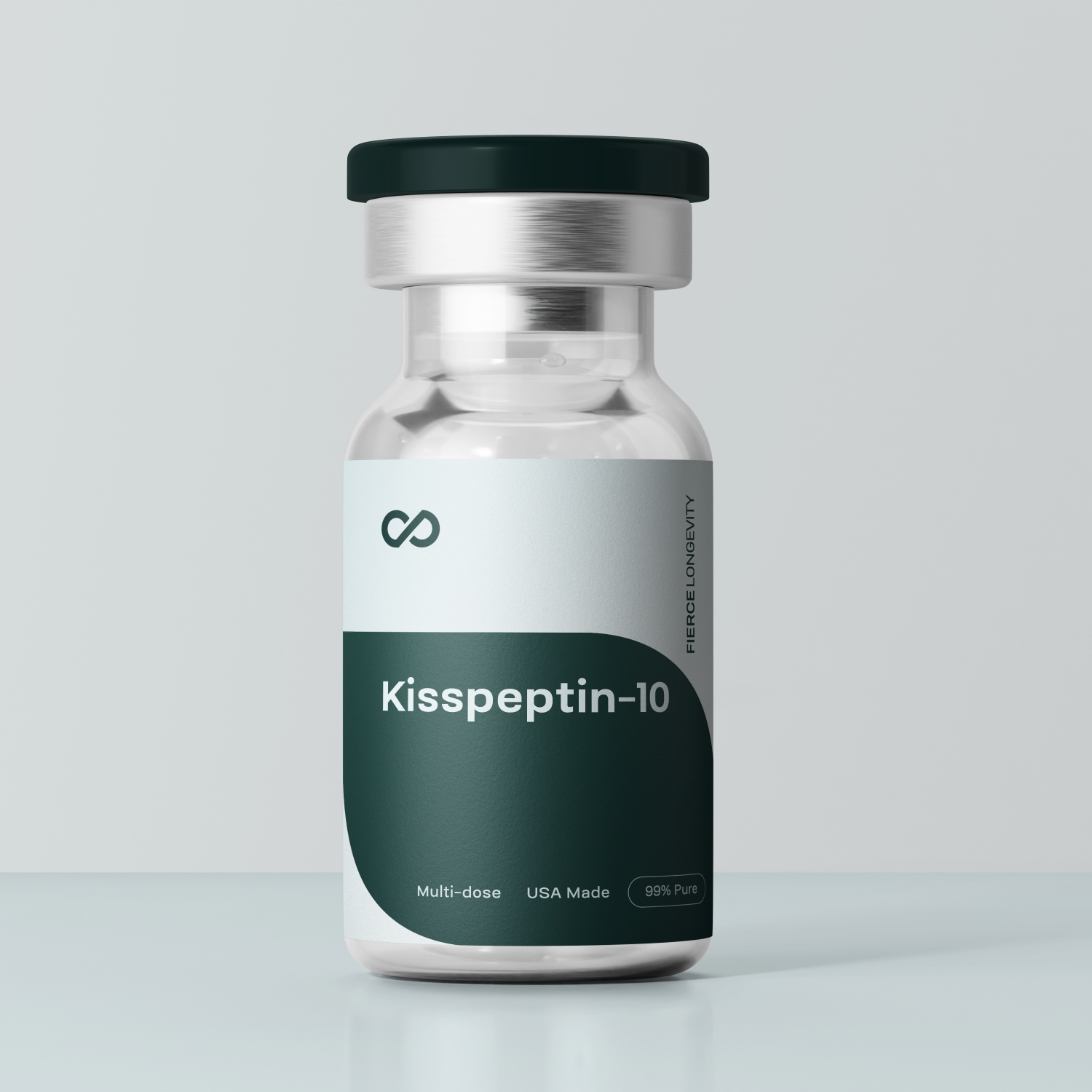
Kisspeptin-10
Kisspeptin-10 is a biologically active peptide used in research to activate the hypothalamic–pituitary–gonadal (HPG) axis. In laboratory settings, KP-10 is used to explore how hormonal systems respond to direct stimulation of gonadotropin release, particularly in models of infertility, hormone deficiency, reproductive aging, or men’s and women’s endocrine studies. Its strong, dose-dependent effect on LH and FSH secretion makes it a useful tool for probing gonadotropin Feedback loops, receptor sensitivity, and fertility mechanisms.
What's Included
- 20 Insulin Syringes (31G, 5/16”, 1cc)
- 1 Reconstitution Syringe
- 20 Alcohol Prep Swabs
- 1 Vial of Bacteriostatic Water (10 mL)
⚠️ Important Disclaimer
For Research Use Only. Not for human consumption or therapeutic treatment.

Kisspeptin-10
If you have any questions, you are always welcome to contact us. We'll get back to you as soon as possible, within 24 hours on weekdays.
-
Shipping Information
Use this text to answer questions in as much detail as possible for your customers.
-
Customer Support
Use this text to answer questions in as much detail as possible for your customers.
-
FAQ’s
Use this text to answer questions in as much detail as possible for your customers.
-
Contact Us
Use this text to answer questions in as much detail as possible for your customers.
Key Highlights
Rapid Hormone Activation
Kisspeptin-10 directly stimulates the hypothalamus to release GnRH, which triggers LH and FSH secretion—essential hormones for fertility and reproduction.
Fertility and Reproductive Support
Enhances ovulation, improves egg quality, and increases sperm motility and count, making it a valuable tool for fertility-related research.
Hormone Regulation
Balances the body’s hormonal rhythms by activating natural reproductive pathways, helping to address conditions like PCOS and hypothalamic amenorrhea.
Neuroendocrine Function
Influences brain regions tied to sexual behavior and emotional regulation, showing potential to improve libido and mood.
Testicular and Ovarian Protection
Helps maintain gonadal function and prevents testicular shrinkage during testosterone replacement or hormonal therapies.
Tissue and Collagen Research
Recent findings indicate Kisspeptin-10 may also affect collagen synthesis and tissue remodeling, expanding its use beyond reproductive science.
Included in the Box
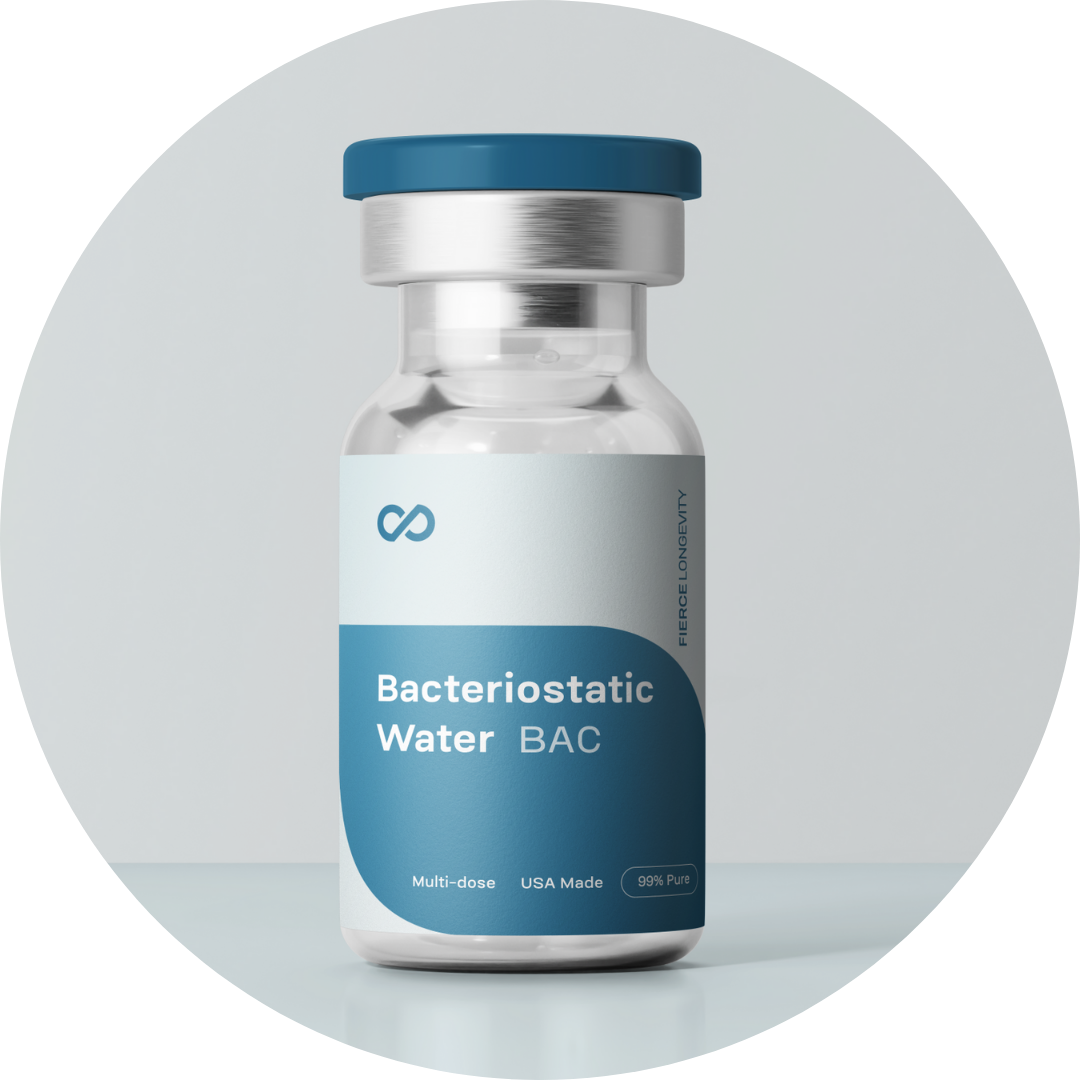
1 Vial of Bacteriostatic Water (10 mL)
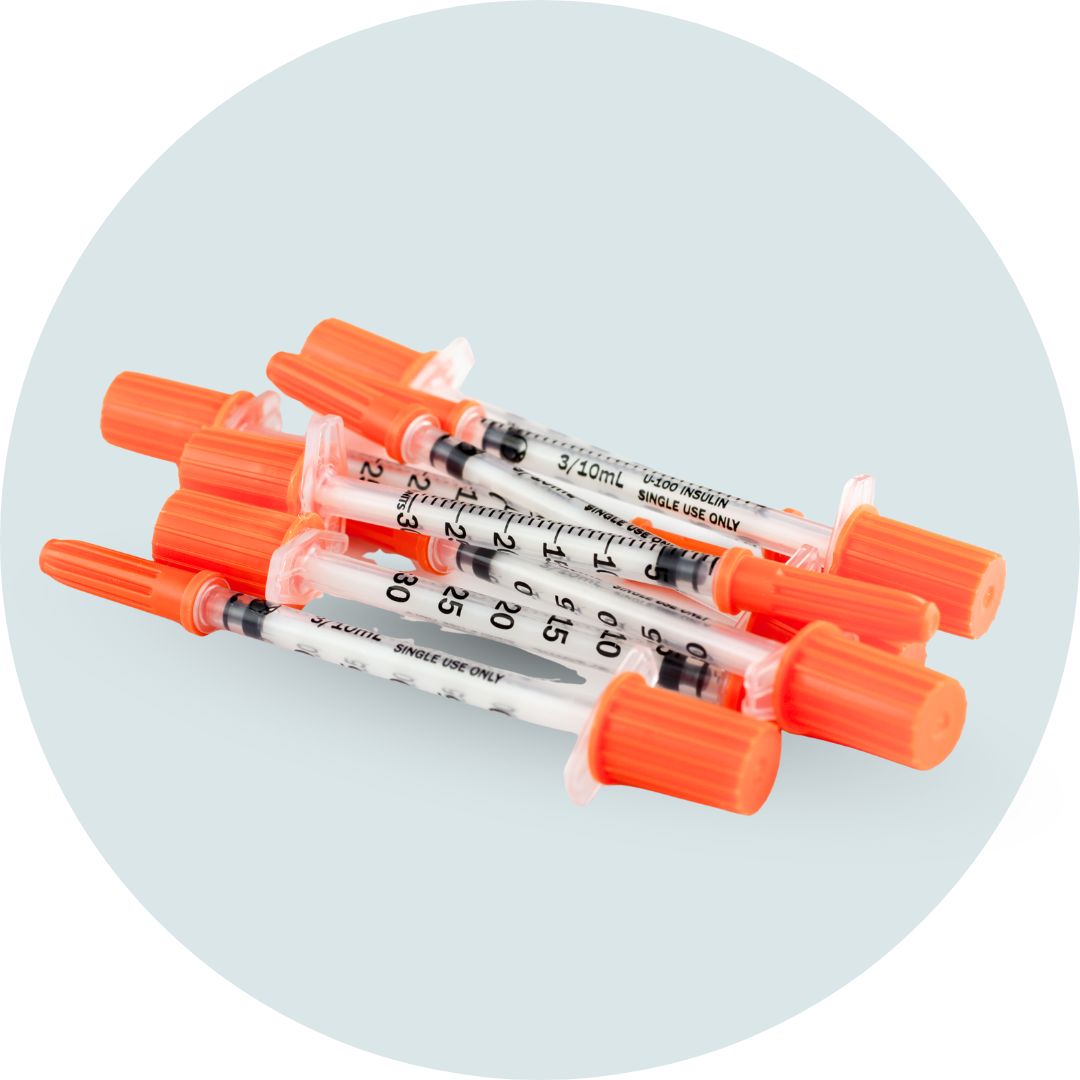
20 Insulin Syringes (31G, 5/16”, 1cc)
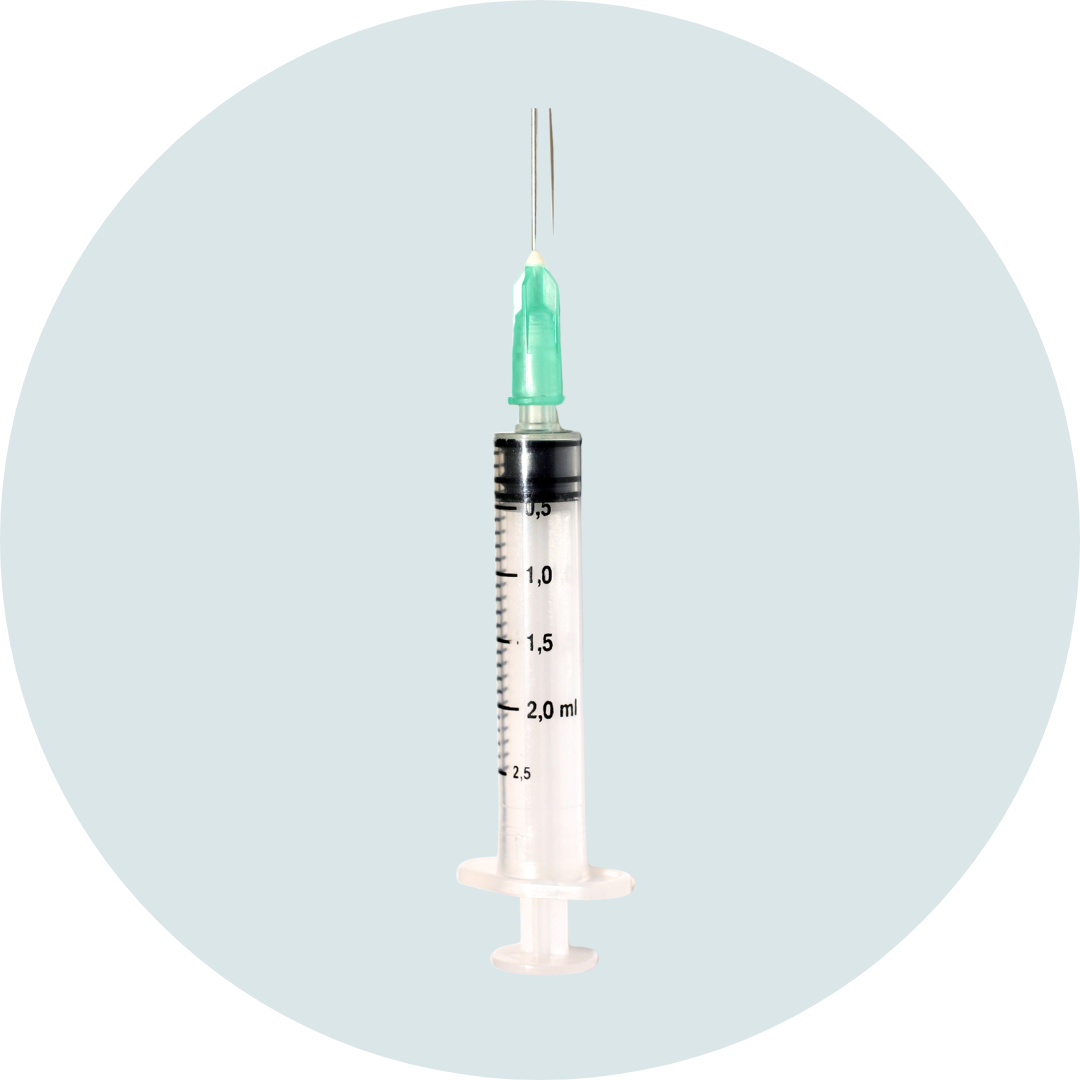
1 Reconstitution Syringe
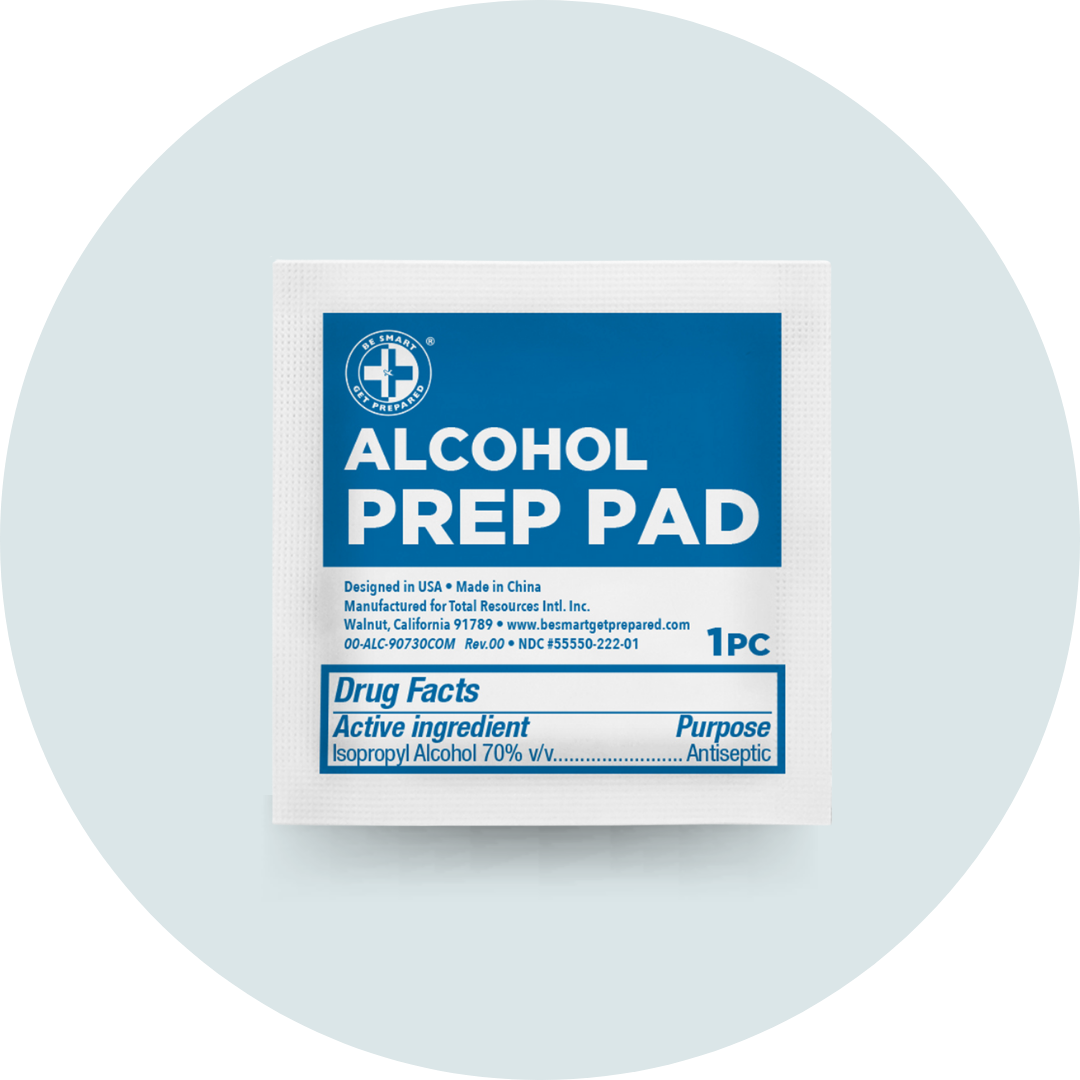
20 Alcohol Prep Swabs
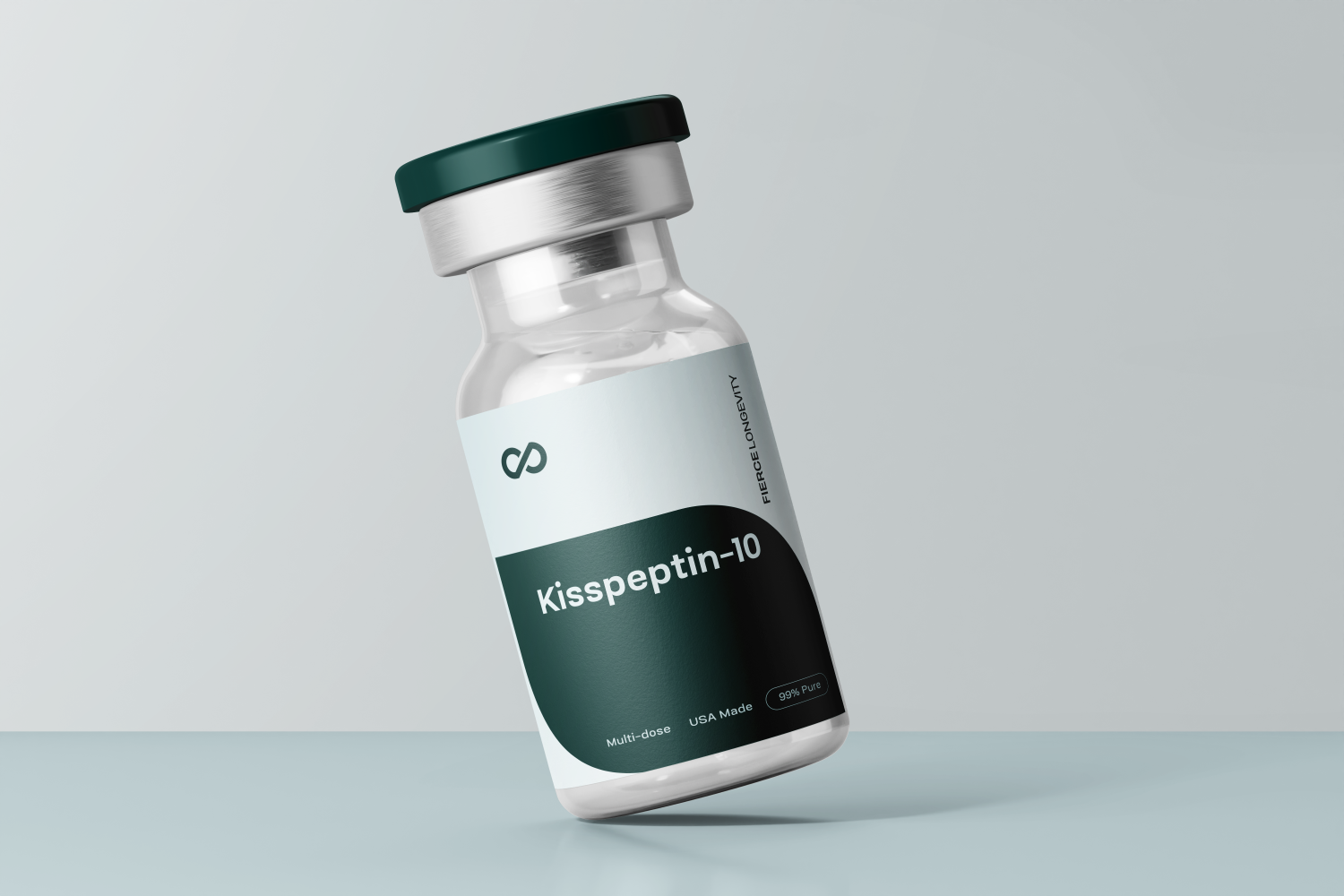
What Is Kisspeptin-10?
Kisspeptin-10 (also called KP-10) is a short peptide derived from the KISS1 gene and acts as a key neurohormone in the hypothalamus. It binds to the KISS1 receptor (GPR54/KISS1R), triggering the release of GnRH (gonadotropin-releasing hormone). In turn, GnRH stimulates the pituitary to release LH (luteinizing hormone) and FSH (follicle-stimulating hormone)—crucial hormones for reproductive function in both men and women.
Because of this central role, Kisspeptin-10 is heavily studied in fertility, hormonal modulation, puberty onset, and reproductive disorders.
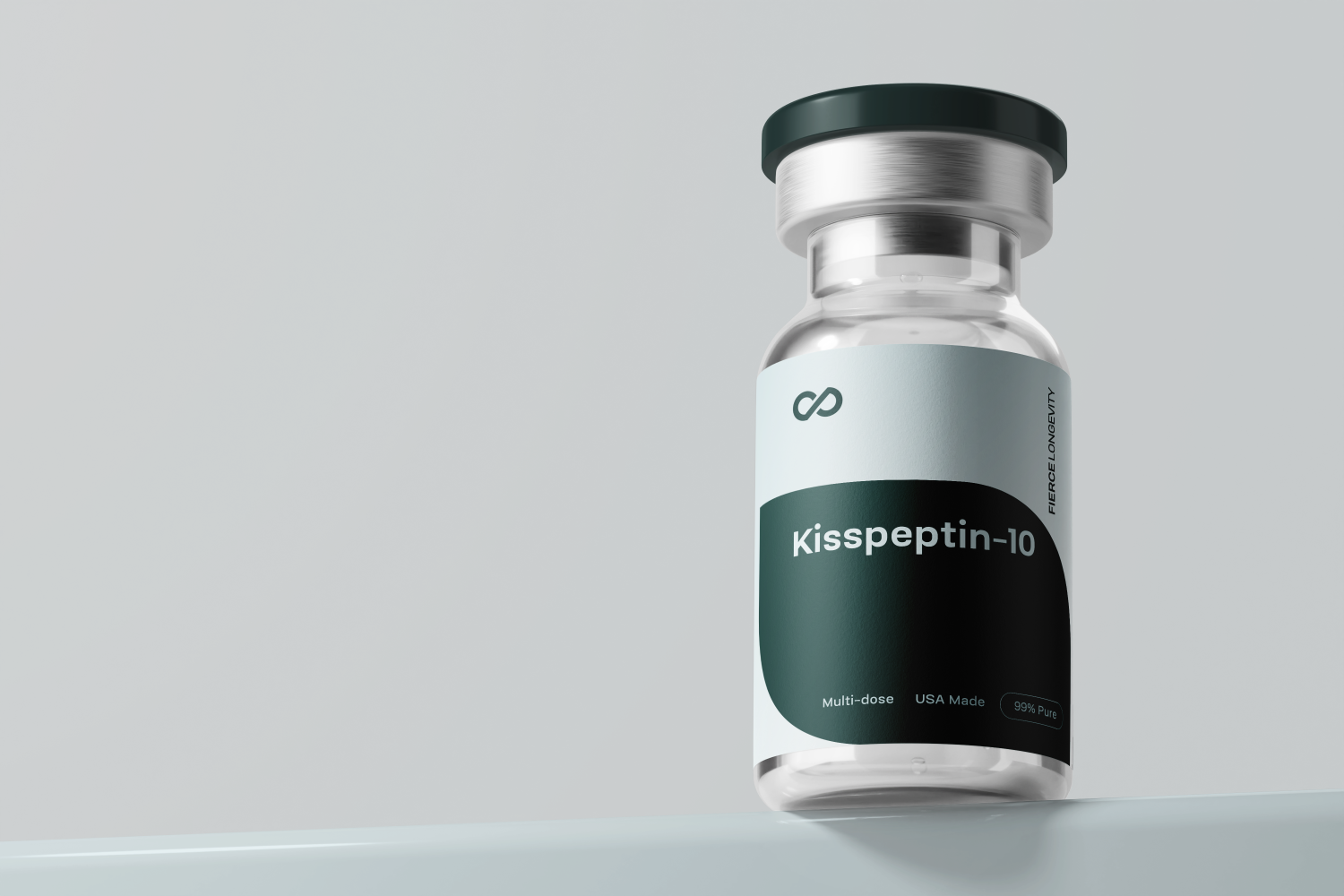
Why Choose Kisspeptin-10?
Researchers pick Kisspeptin-10 because it offers a direct and potent way to activate the HPG axis without the need for upstream interventions. Its dose-dependent, reliable effect on LH/FSH makes it ideal for studying reproductive physiology, hormonal therapies, and endocrine feedback loops.
Additionally, its short peptide nature and well-characterized receptor interactions (KISS1R) allow controlled experimental manipulation. Its emerging roles in tissue biology and collagen regulation further widen its research applicability.
Kisspeptin-10 FAQs
How quickly does Kisspeptin-10 act?
In human and animal studies, bolus doses of KP-10 triggered LH rises within minutes (e.g. about 30 minutes) in a dose-dependent manner.
What’s the difference between bolus and continuous infusion?
Bolus injections cause sharp LH spikes; continuous infusions cause sustained elevations, increased pulse frequency, and higher baseline hormone levels.
Is it used clinically or only for research?
Currently, KP-10 is predominantly used in research settings. It’s not approved for general clinical use in most jurisdictions.
What are potential side effects or risks?
Because it affects reproductive hormones, improper dosing may disrupt hormonal balance. Other risks are not well documented and depend on purity, dose, and research context.
Can it be combined with other peptides?
Yes — researchers often combine KP-10 with other hormonal or regenerative peptides (e.g. GnRH analogs) to explore synergy or feedback modulation.
Are there non-reproductive effects of Kisspeptin-10?
Yes — some emerging evidence suggests KP-10 might influence collagen metabolism in cardiac tissue and may have neural/mood-related effects.






